Conquerors who shaped history with their tactics
Throughout history, certain individuals have risen as unmatched pioneers of conquest, leaving indelible marks on the world. These leaders, through their unique strategies and innovations, expanded territories and influenced cultures, creating legacies that resonate even today. From ancient empires to medieval kingdoms, the art of conquest was not just about brute force but also about strategic brilliance and adaptability. This article delves into the lives and tactics of the most renowned conquerors in history.
Alexander the Great: The Master of Integration
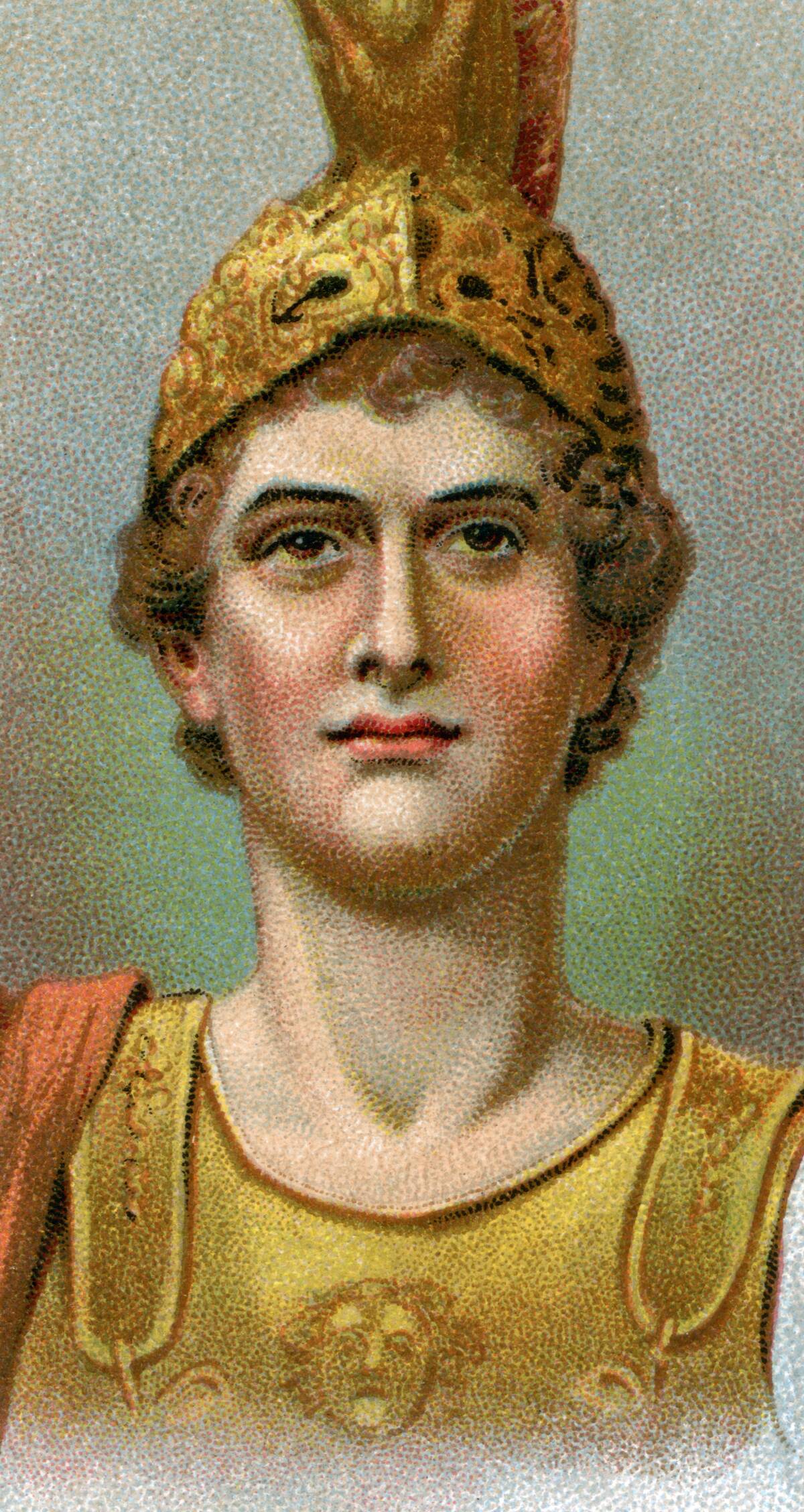
Alexander the Great, king of Macedonia, revolutionized the concept of empire-building by integrating diverse cultures under one rule. His conquests stretched from Greece to Egypt and into the Indian subcontinent, merging Greek culture with those of Persia and Egypt. This fusion, known as Hellenization, saw the spread of Greek language, art, and architecture, creating a cosmopolitan civilization. Alexander’s vision of a united world through cultural integration was truly ahead of his time.
Genghis Khan: The Genius of Mobility
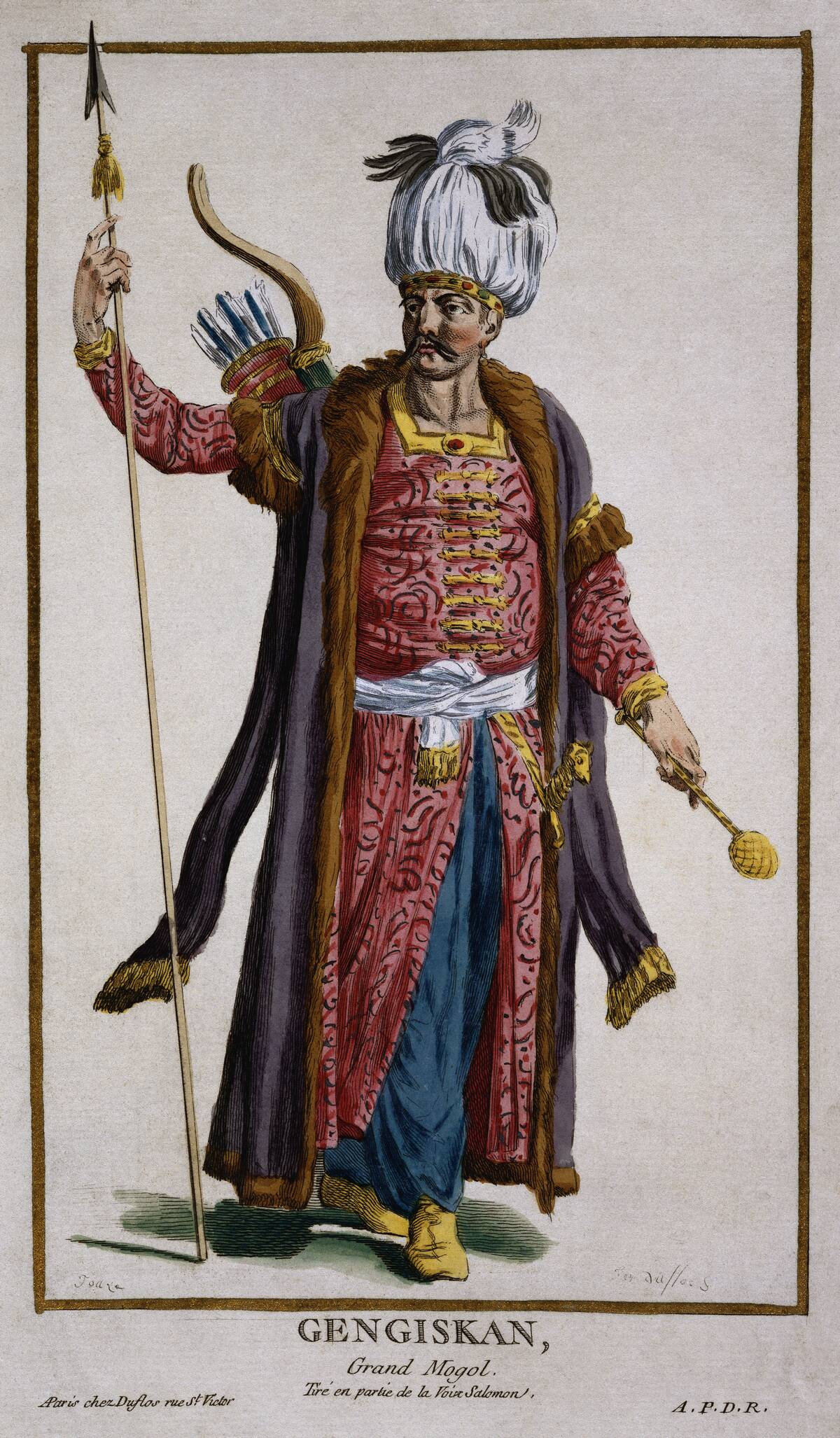
Genghis Khan, the formidable founder of the Mongol Empire, mastered the art of mobility in warfare. Utilizing highly skilled horsemen and innovative tactics, he created the largest contiguous empire in history. The Mongol army’s ability to move quickly and strike unexpectedly was key to their success. Genghis Khan also established the Yam system, an efficient communication network resembling a postal service, which enhanced coordination across vast distances.
Julius Caesar: The Strategist of Political Maneuvers
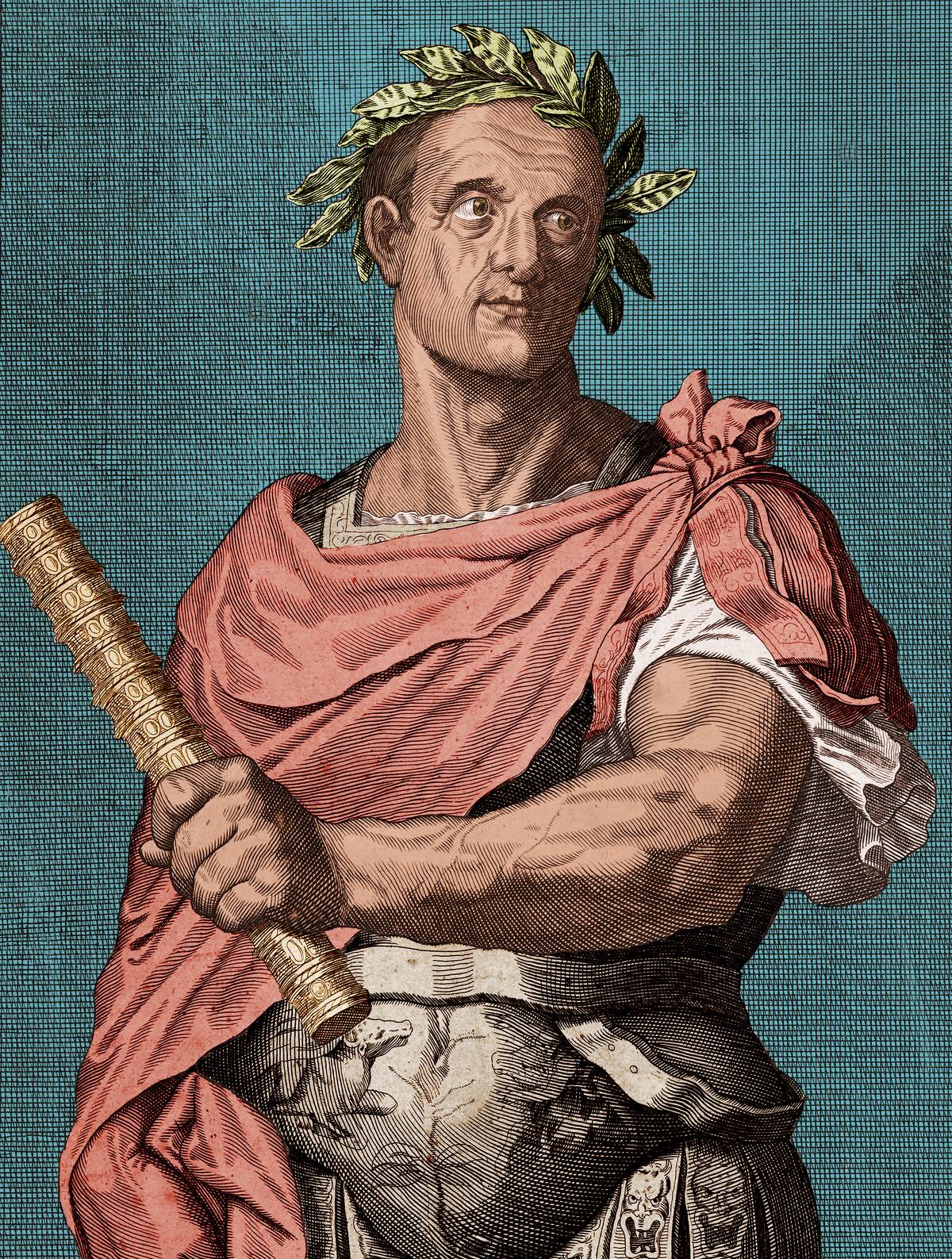
Julius Caesar, a pivotal figure in Roman history, was not only a military general but also a shrewd politician. His campaigns in Gaul showcased his strategic acumen, expanding Rome’s territories significantly. Caesar’s crossing of the Rubicon River was a calculated risk, leading to a civil war that ultimately altered Rome’s political landscape. His reforms, including the Julian calendar, left a lasting impact, reflecting his ability to blend political and military strategies.
Napoleon Bonaparte: The Innovator of Artillery Tactics
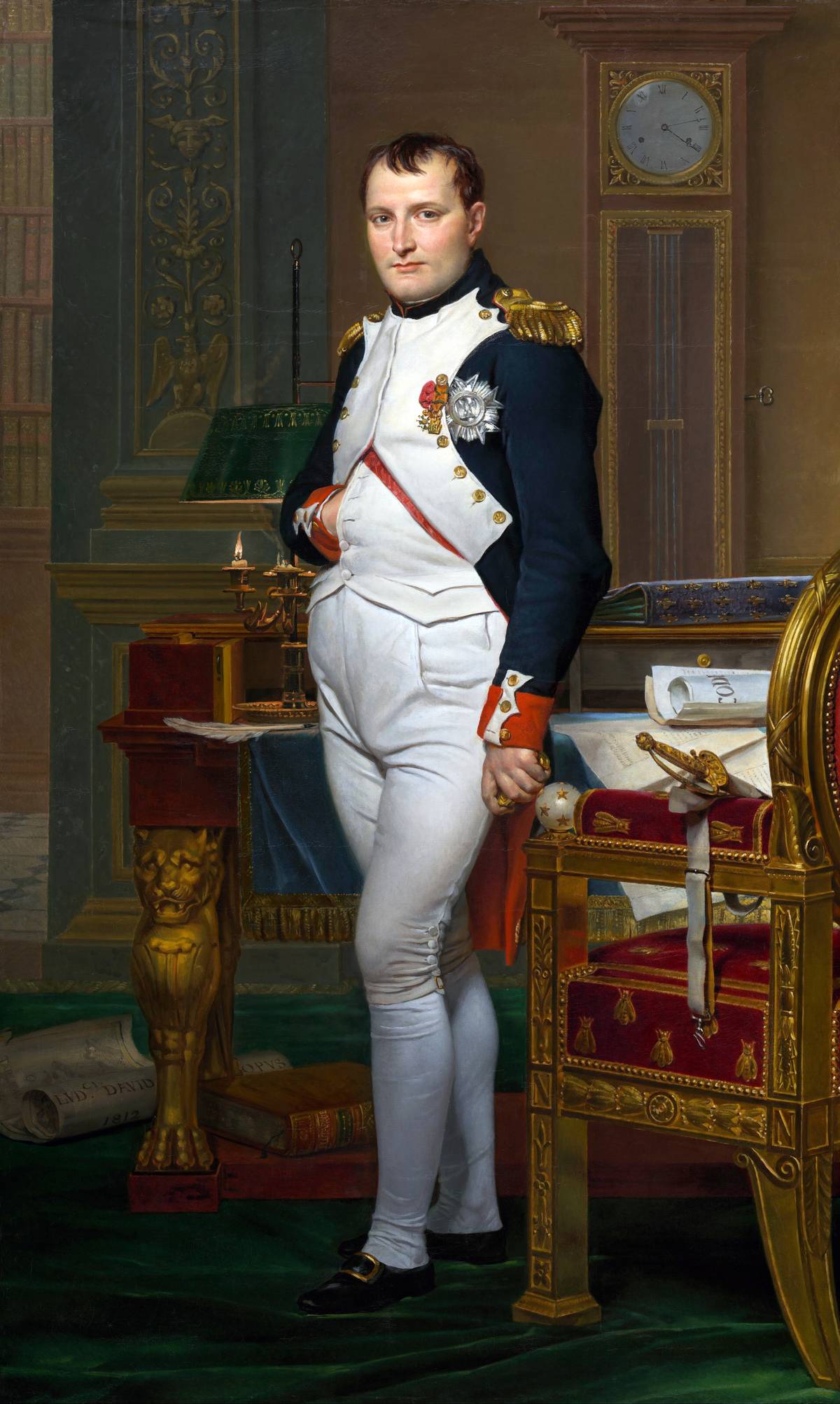
Napoleon Bonaparte, the French military leader, revolutionized warfare with his innovative use of artillery. By concentrating firepower and integrating artillery with infantry and cavalry, he created a dynamic and flexible battlefield strategy. His campaigns across Europe demonstrated the effectiveness of rapid movement and decisive engagements, epitomized by victories at Austerlitz and Borodino. Napoleon’s military genius reshaped the art of war, setting new standards for future generations.
Hannibal Barca: The Elephant in the Room
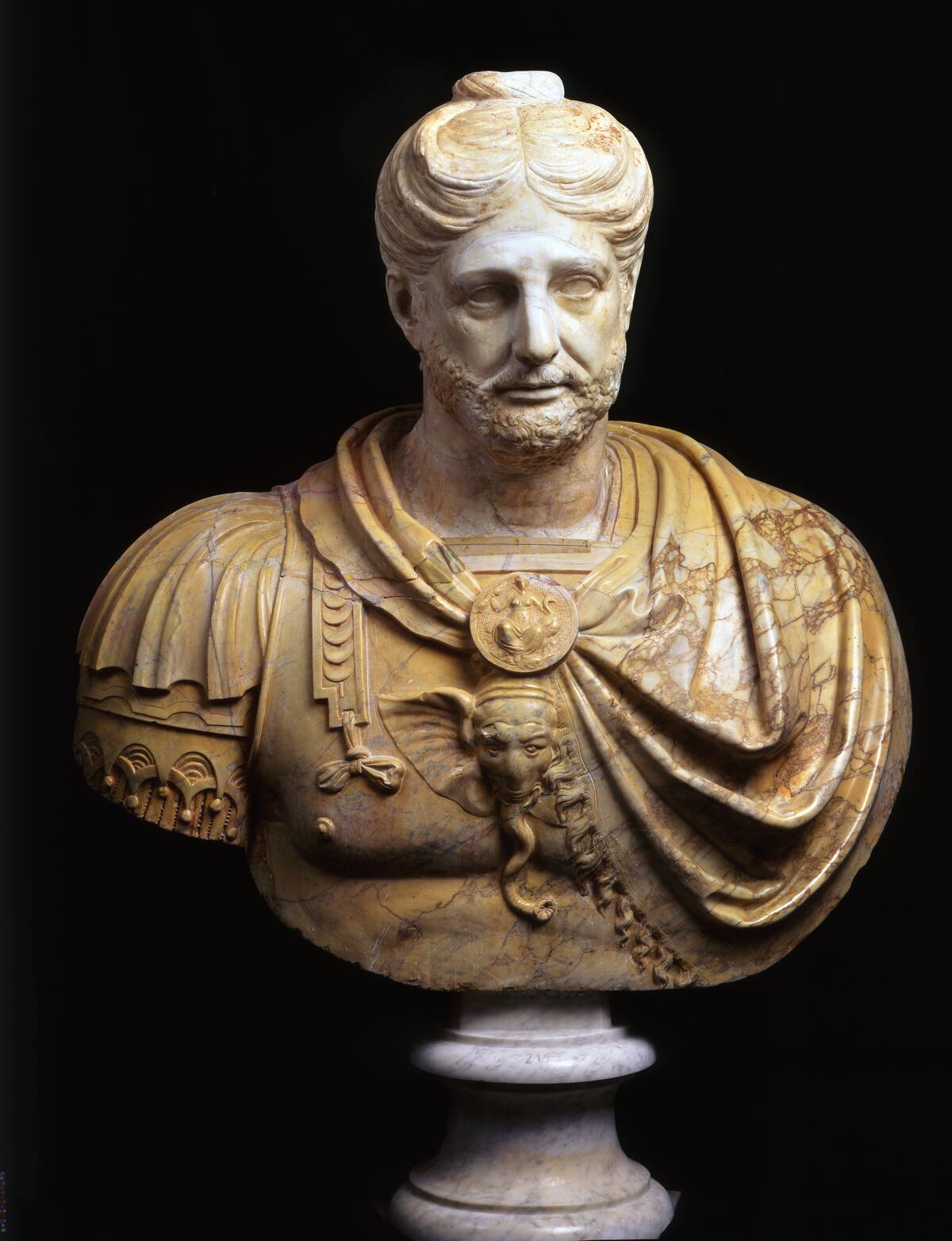
Hannibal Barca, the Carthaginian general, is best known for his audacious crossing of the Alps with war elephants to surprise the Roman army. This bold maneuver during the Second Punic War showcased his strategic brilliance. Despite being outnumbered, Hannibal’s tactical innovations, including the double envelopment at the Battle of Cannae, delivered one of Rome’s worst defeats. His use of elephants added an intimidating psychological element to his military campaigns.
Cyrus the Great: The Diplomatic Conqueror
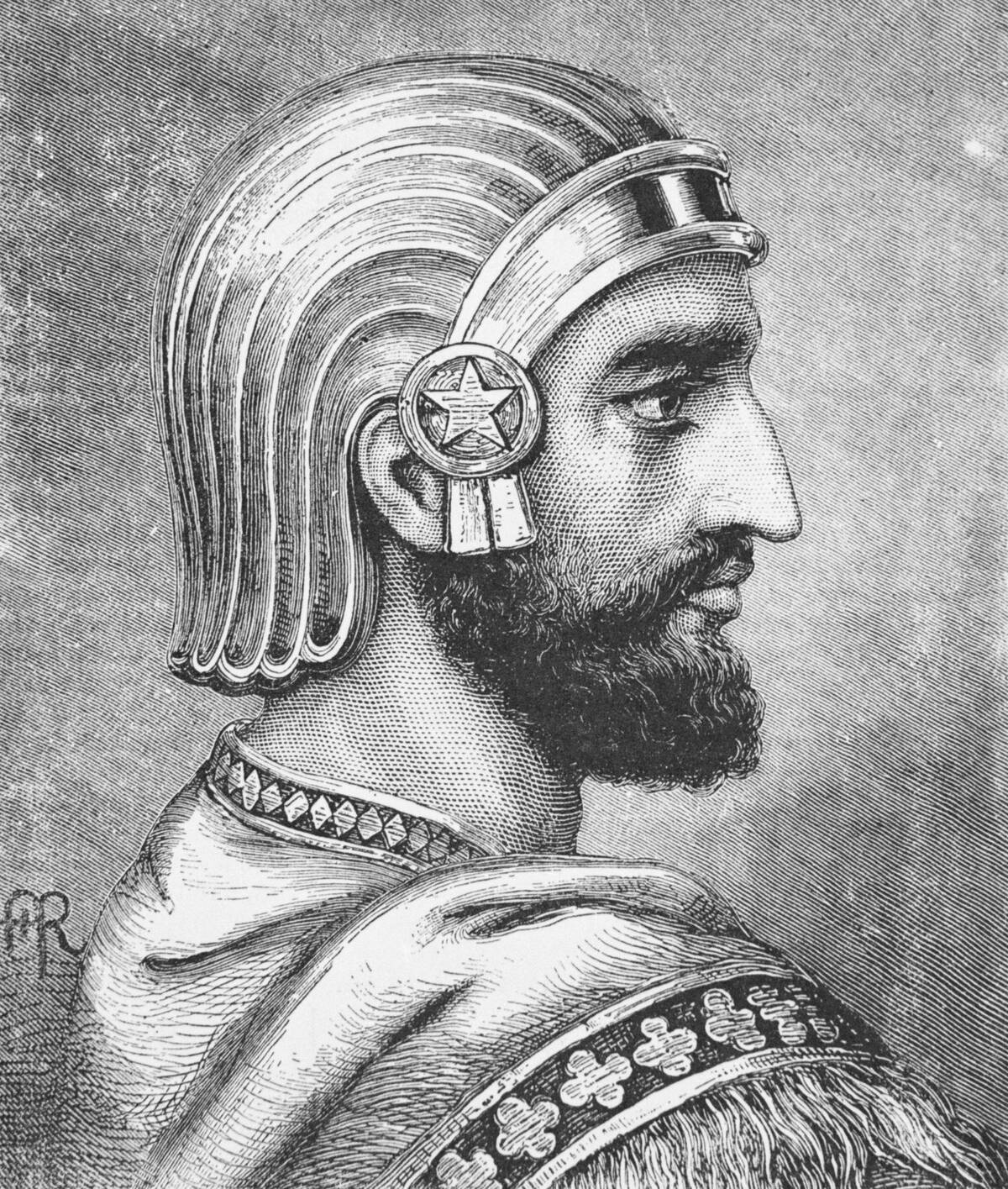
Cyrus the Great, founder of the Achaemenid Empire, is celebrated for his diplomatic approach to conquest. He respected the customs and religions of the lands he conquered, earning the loyalty of his subjects. The Cyrus Cylinder, often considered the first charter of human rights, exemplifies his enlightened rule. His strategies set a precedent for governance, blending military prowess with benevolent leadership, and laid the foundation for one of history’s largest empires.
Attila the Hun: The Scourge of Empires
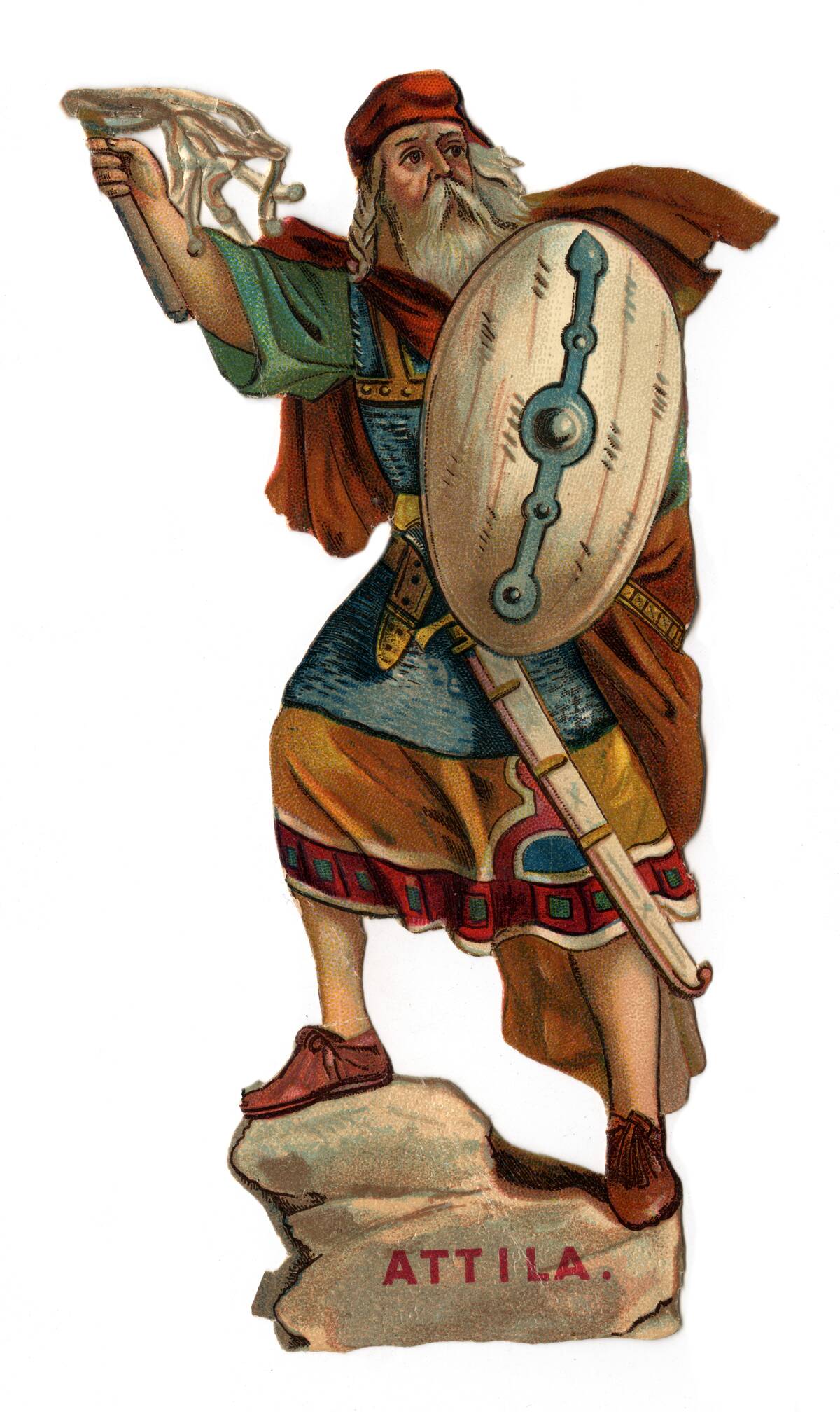
Attila the Hun, leader of the Hunnic Empire, was a formidable force against the Roman Empire. His campaigns across Europe earned him the moniker ‘The Scourge of God.’ Attila’s ability to unite diverse nomadic tribes under his command, combined with his reputation for ruthless efficiency, spread fear across the continent. Despite his fearsome image, Attila was also a skilled negotiator, often extracting tributes from Rome instead of pursuing outright conquest.
Hernán Cortés: The Conquistador’s Playbook
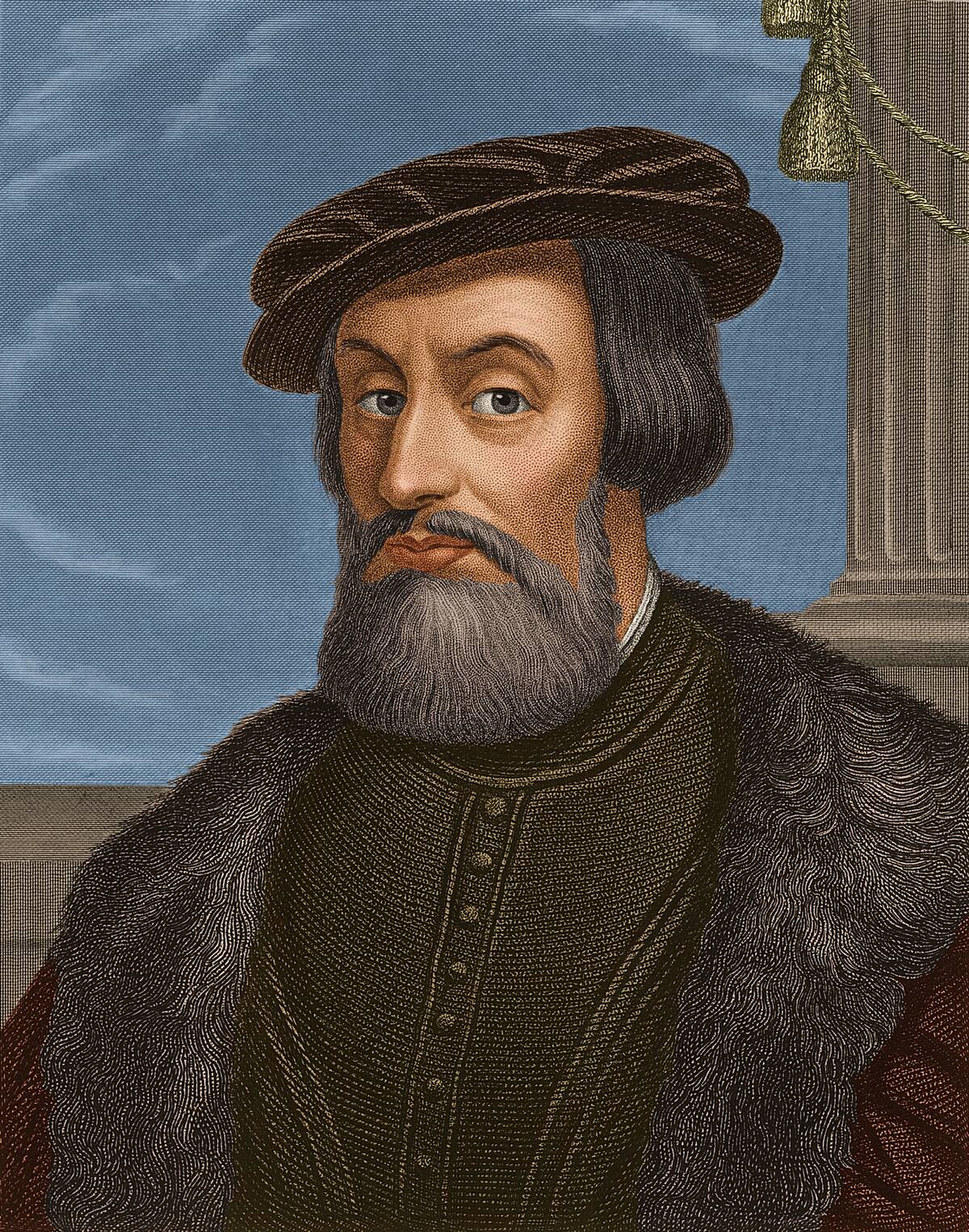
Hernán Cortés, the Spanish conquistador, is renowned for his conquest of the Aztec Empire. Armed with superior weaponry and aided by indigenous allies, Cortés employed strategic alliances and psychological tactics to topple the mighty Aztec civilization. His ability to adapt and exploit internal divisions within the Aztec society was pivotal to his success. Cortés’ actions set the stage for Spain’s colonization of the Americas, altering the course of history.
Saladin: The Gentleman Warrior
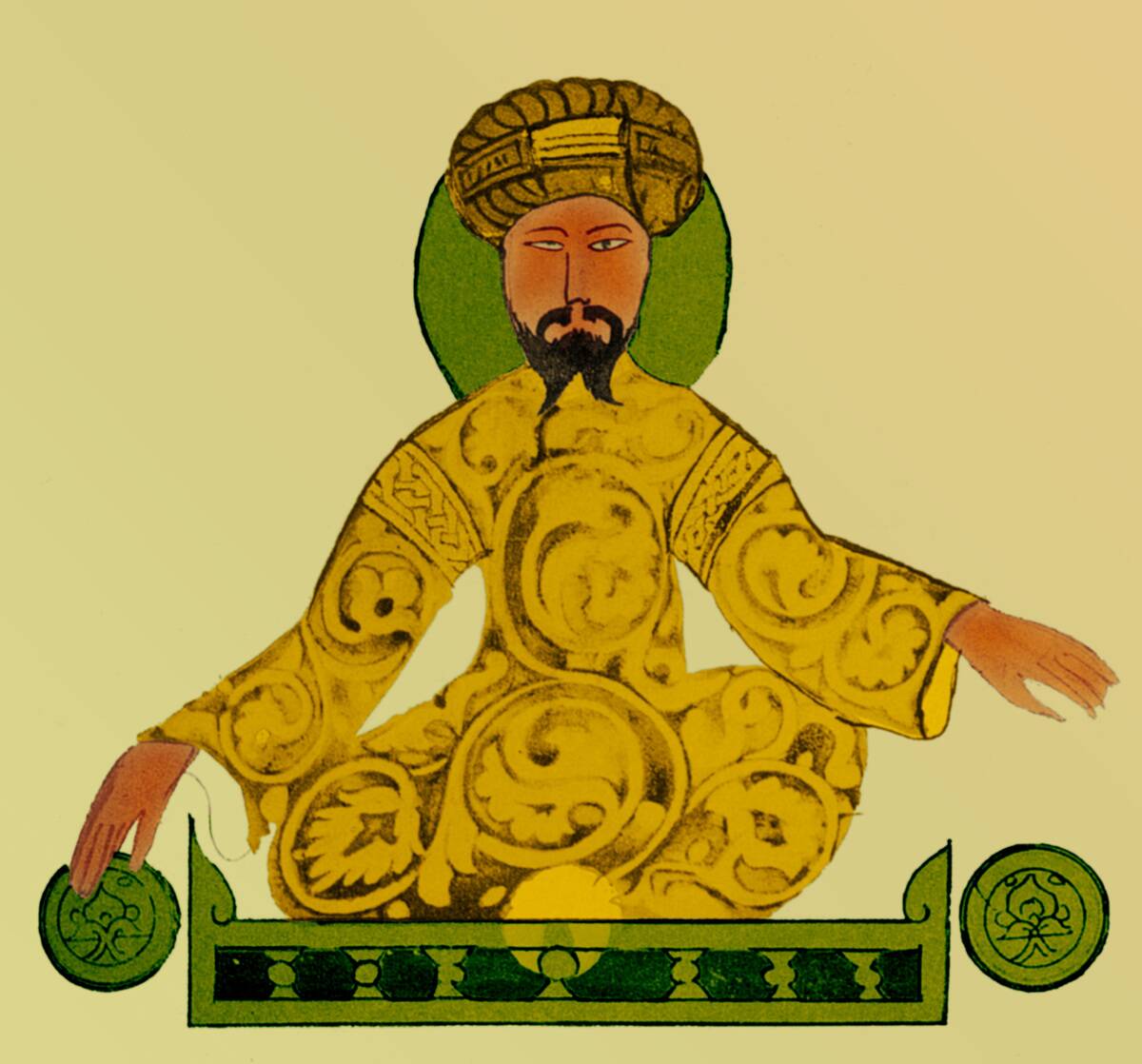
Saladin, the first Sultan of Egypt and Syria, is celebrated for his chivalrous conduct during the Crusades. His recapture of Jerusalem in 1187 was achieved through strategic brilliance and a commitment to justice, earning him respect from both Muslim and Christian contemporaries. Saladin’s leadership style emphasized mercy and generosity, even towards his adversaries. His legacy endures as a paragon of knightly virtue and effective military strategy.
William the Conqueror: The Norman Trailblazer
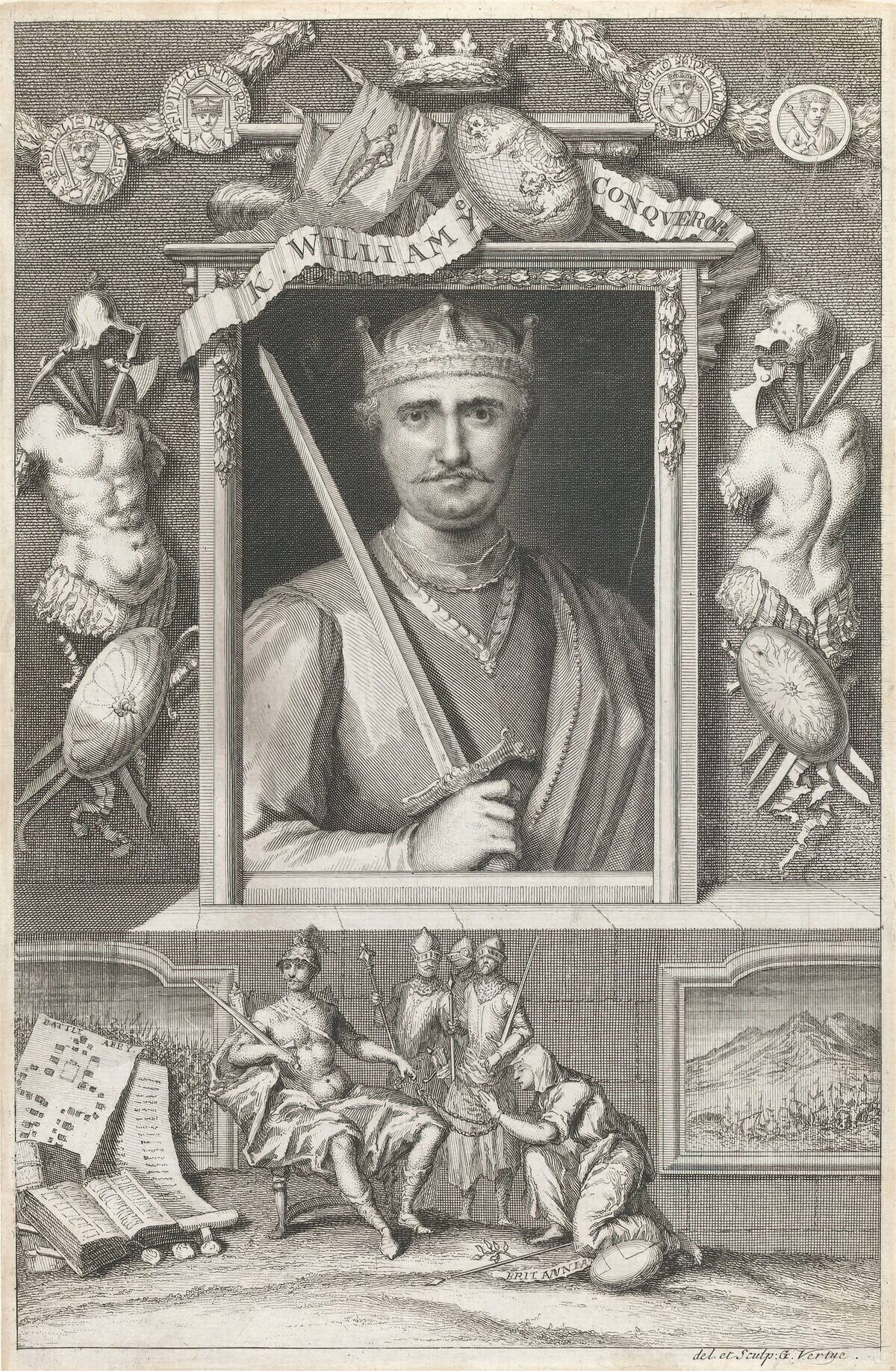
William the Conqueror, Duke of Normandy, changed the course of English history with his successful invasion in 1066. The Battle of Hastings marked the beginning of Norman rule in England, blending cultures and reshaping the societal structure. William’s innovative use of feudal systems consolidated his control and laid the groundwork for modern governance. His legacy includes the Domesday Book, a comprehensive survey of England, reflecting his administrative acumen.
Timur the Lame: The Architect of Psychological Warfare
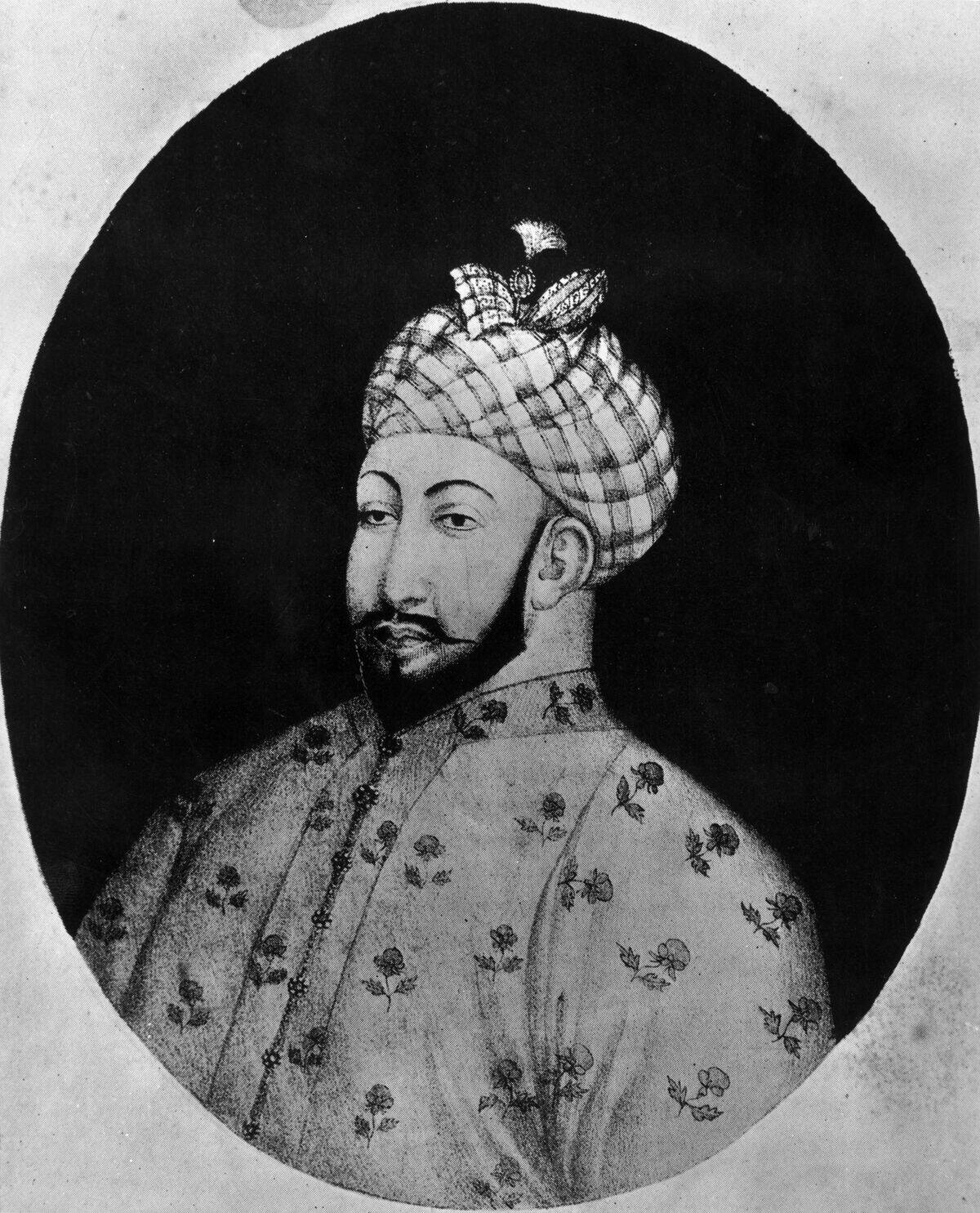
Timur the Lame, also known as Tamerlane, was a master of psychological warfare. His campaigns across Asia and the Middle East were marked by ruthless efficiency and strategic terror. Timur’s use of intimidation, including the construction of towers of skulls, instilled fear in his enemies, often leading to swift victories. Despite his brutal tactics, Timur was also a patron of the arts and architecture, leaving a complex legacy of destruction and cultural patronage.
Charlemagne: The Emperor of Integration
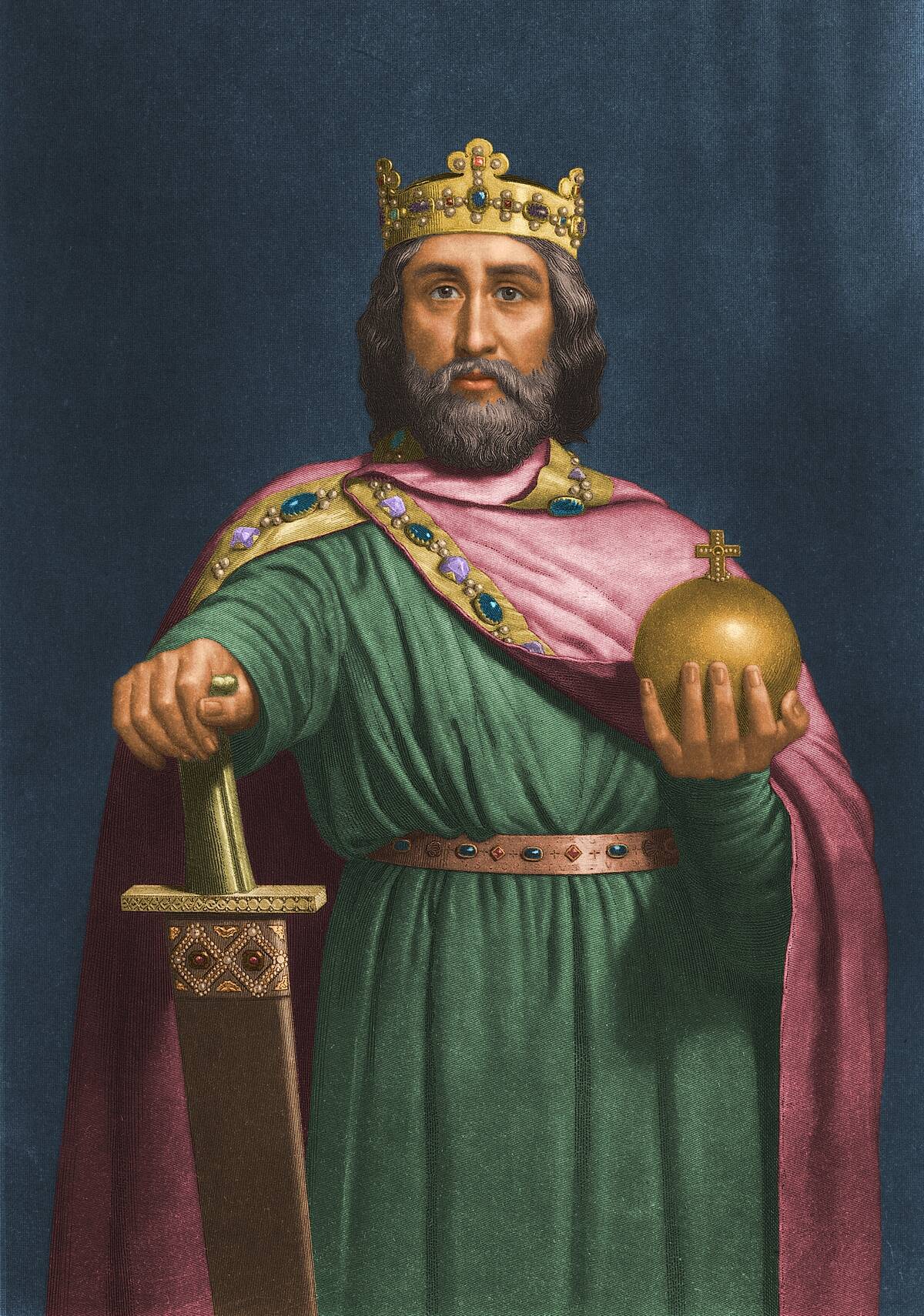
Charlemagne, King of the Franks, is often hailed as the ‘Father of Europe’ for his role in uniting much of Western Europe during the early Middle Ages. Through a combination of military conquest and diplomacy, he expanded the Frankish Empire and revived the notion of a unified Christendom. Charlemagne’s support of education and culture ushered in the Carolingian Renaissance, fostering a revival of learning and art. His reign laid the foundations for future European development.
Suleiman the Magnificent: The Sultan of Strategy
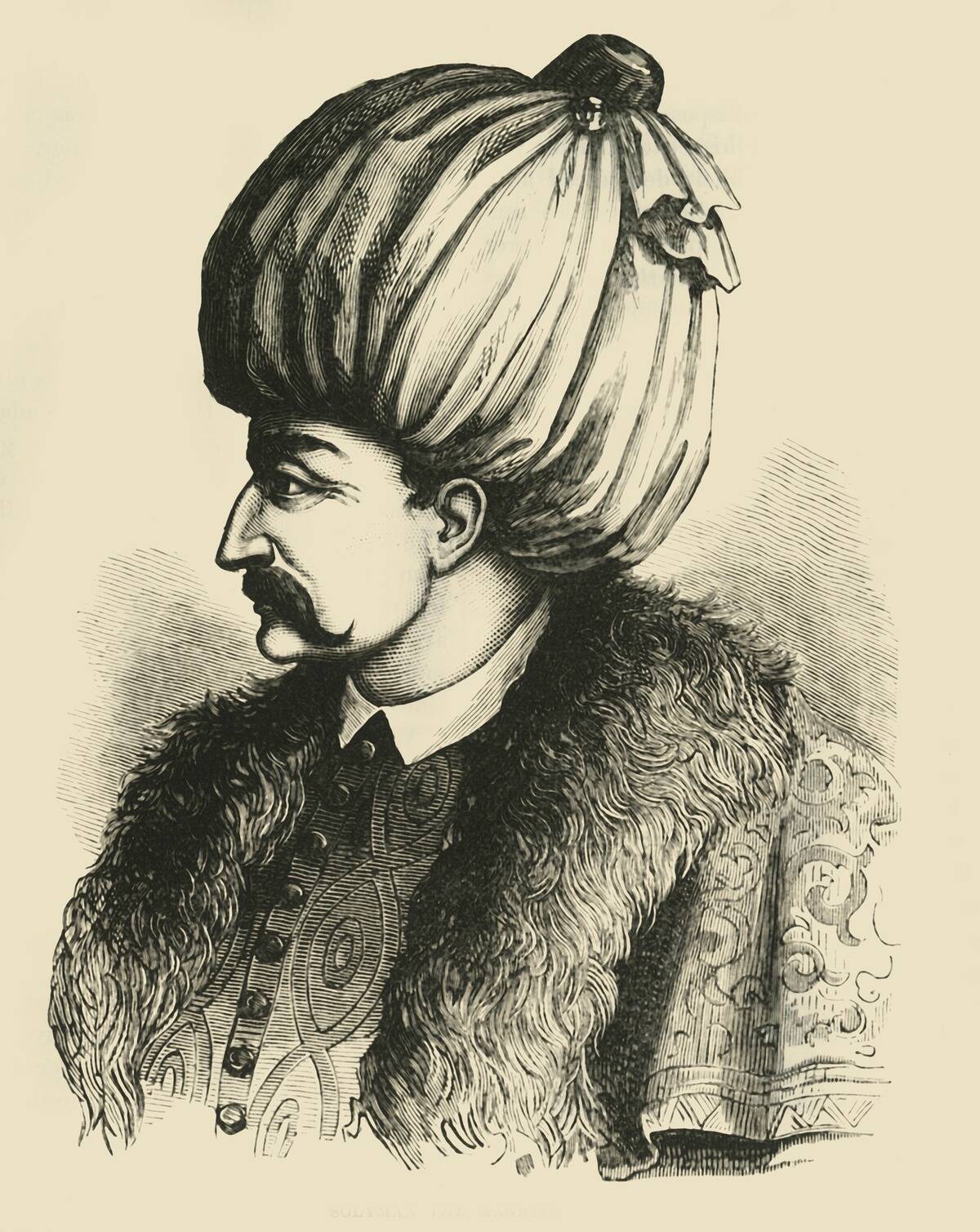
Suleiman the Magnificent, the tenth Sultan of the Ottoman Empire, was a master strategist and statesman. His rule marked the apex of Ottoman territorial expansion and cultural flourishing. Suleiman’s legal reforms and patronage of the arts had a lasting impact, earning him the title ‘The Lawgiver.’ His military campaigns, including the Siege of Vienna, showcased his strategic acumen and ambition to establish the Ottoman Empire as a dominant European power.
Kublai Khan: The Diplomat of Expansion
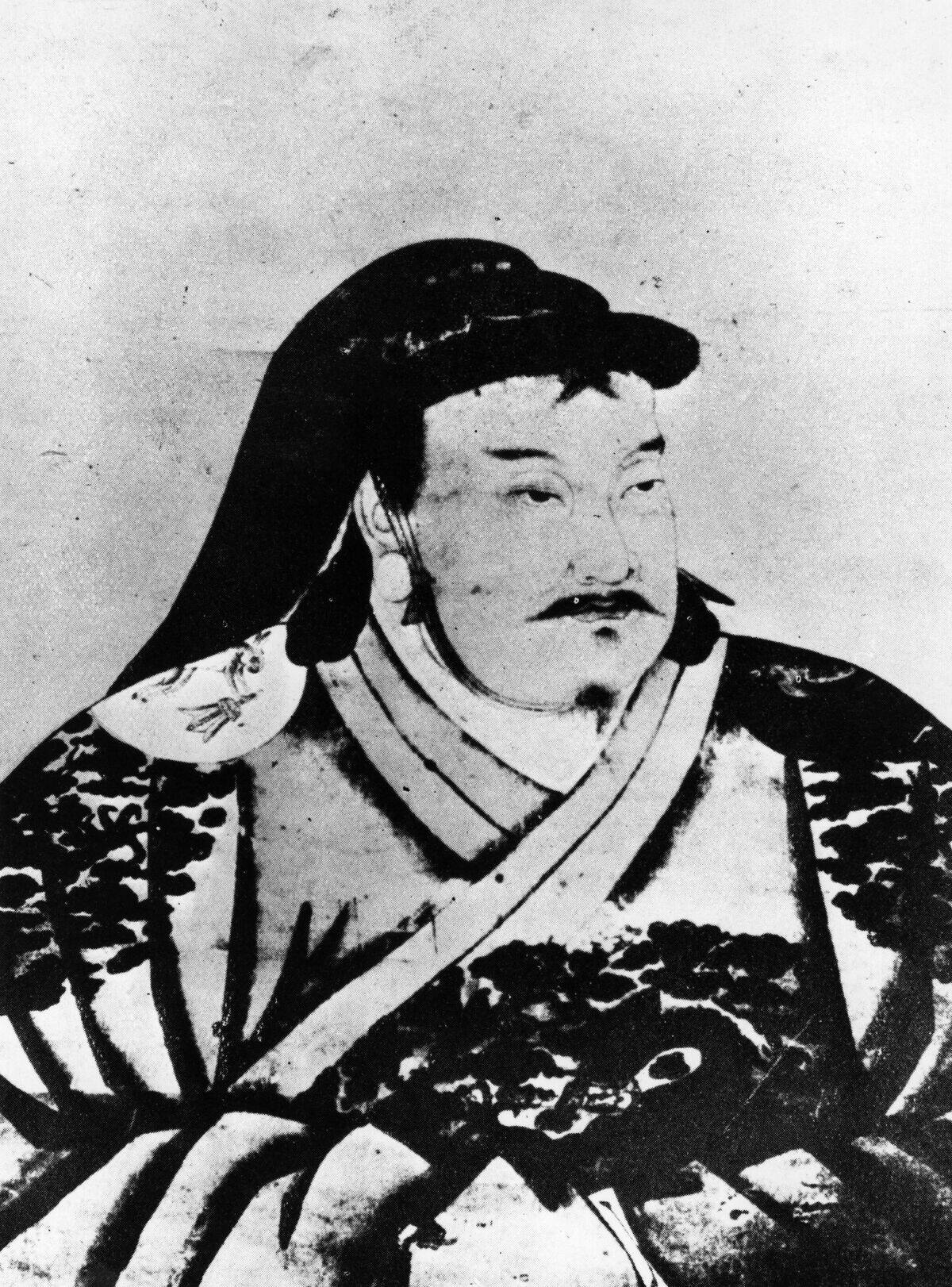
Kublai Khan, the grandson of Genghis Khan, successfully expanded the Mongol Empire while establishing the Yuan Dynasty in China. His diplomatic skills were instrumental in maintaining control over a diverse and vast territory. Kublai Khan embraced Chinese culture and governance, which helped legitimize his rule. His openness to trade and cultural exchange facilitated the flourishing of the Silk Road, connecting East and West and fostering a period of unprecedented cultural interaction.




